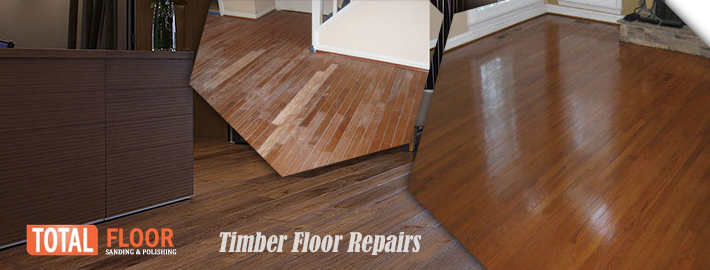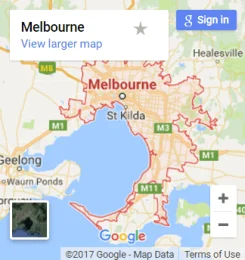You’re in your bedroom. You’re sitting on the floor, relaxing after a long day at work. You lean back and—you hear it: A terrible squeak from the wood floor, followed by an ominous groan that sounds like it’s coming from somewhere deep beneath your feet. This is something that one needs to take into consideration when getting the floor installation Melbourne. It doesn’t seem to be getting any worse, but still—what do you do?
Improper subfloor preparation.
The first step to preventing squeaks is to make sure your subfloor is level. If you don’t have a level, use whatever tools you have on hand—a piece of wood or paper can be used as a makeshift level until you can buy one.
Next, make sure the subfloor is clean and dry before applying any adhesive. A dirty/wet surface will never adhere properly and can cause problems later down the road when it comes to water penetration into your flooring system.
Finally, check that your flooring materials are strong enough for what they’re being asked to do; if they aren’t strong enough or tough enough for the job at hand (e.g., if they are too thin or brittle), then this may lead to issues in terms of squeaking over time as well!
Boards are rubbing against one another.
Your floor is probably squeaking because the boards are rubbing against one another. This can happen when not done floor installation Melbourne properly, isn’t level or spaced correctly, hasn’t been nailed down correctly, or has been secured improperly.
Excessive weight on the floor.
There are a number of ways that a wood floor can start to squeak—from the weight of boxes and books to heavy furniture. If you’ve recently moved into a new home, or if you’re moving out after living there for years, it’s possible that some of your heavy belongings are causing the floor to make noise as they settle into their new space.
If you’ve just started using the space where your squeaky floors lie (e.g., an apartment or dorm room), it’s important to pay attention to what items might be responsible for creating the annoying sound. Heavy people may not notice how much their weight is impacting others on lower floors; however, if they move in with someone who doesn’t share their affinity for junk food, then those late-night snacks could cause far more harm than originally thought!
The wood is too dry.
There are many different ways that wood floors can become too dry, but the most common cause is one that you may be able to remedy yourself. The first thing to check is whether or not your floor has been sealed properly. If it hasn’t, then moisture can get into the floor and cause it to crack over time—and this will make your floor squeak even more!
The third thing you should do is make sure that regular maintenance measures are being taken for all areas throughout your house where there’s hardwood or laminate on top of subfloors like concrete slabs or plywood subfloors; if these areas become wet from leaks caused by plumbing problems (such as broken pipes), then this will cause excess moisture above ground level where carpets meet baseboards which causes mould growth which makes heat transfer from rooms cooled off faster than others.
We can try a bunch of stuff but eventually have to replace the floorboards.
Replace the floorboards. This is a good solution if you want to keep the existing look of your floors. You can simply pull up or cut out each squeaky board and replace it with a new one in the same location.
Replace only the subflooring. This is also an option if you want to preserve the original look of your floors but don’t care as much about preserving their lifespan—you could also just remove some or all of it without replacing it entirely (a few inches will be fine). However, this doesn’t always solve the problem because sometimes there are other elements being affected by an excessive movement that aren’t visible from above: subfloors act like shock absorbers for houses and apartments alike; when they’re worn out or damaged (as is often caused by animals scratching against them), they can move significantly even under light pressure from walking on top of them! This makes sense when we think about how much weight people put on their feet each day compared to what their dogs’ paws weigh individually…
It’s not always easy to determine the exact cause of a squeaky floor. You can use our guide above to narrow down possible causes or take an extra step by hiring a professional who can inspect the problem. If you are able to figure out what is causing your floor to squeak, you can also make repairs yourself without needing a professional, which will save time and money in the long run. We hope this blog post has helped you get started with fixing your own squeaky wood floors!


